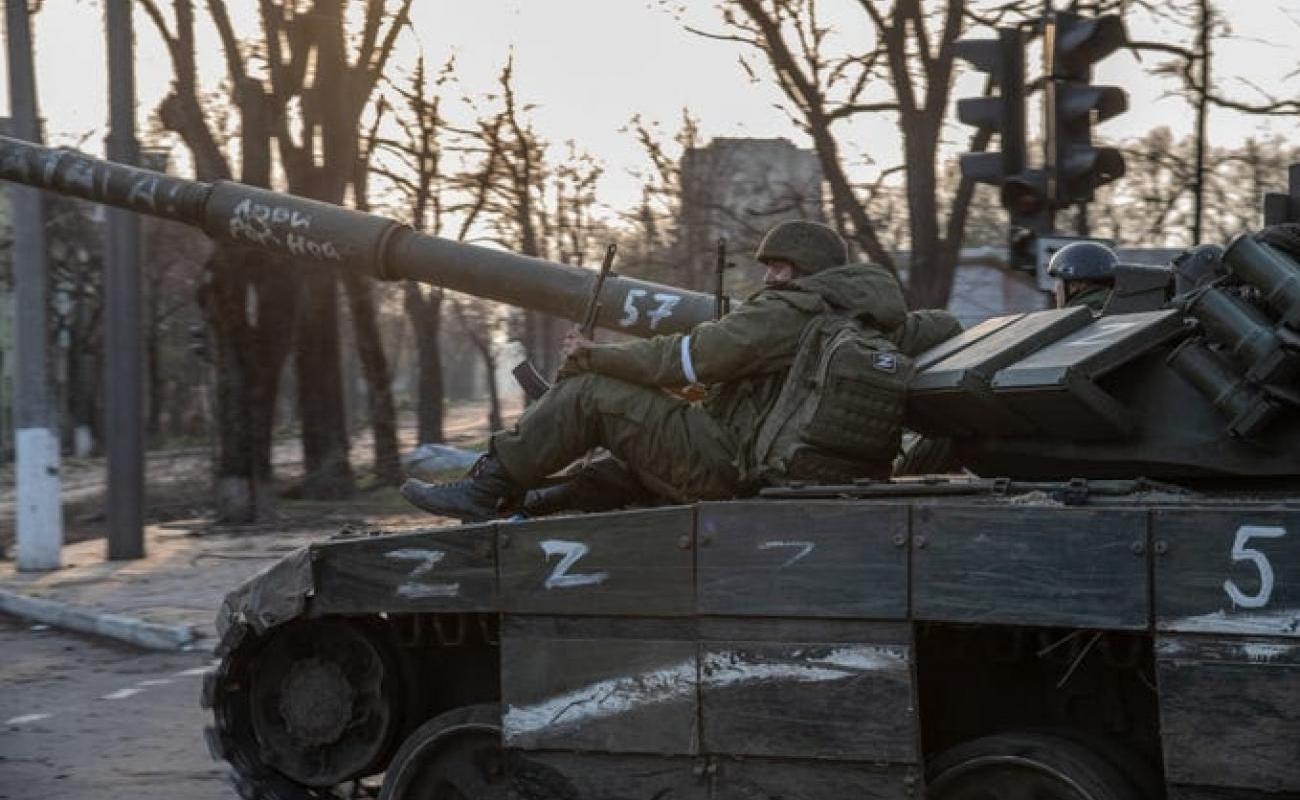Russian Military Objectives and Capacity in Ukraine Through 2024

Russian forces are likely to peak in late 2024, with increasing material challenges over the course of 2025.
Defeating Russia's attempt to subjugate Ukraine must be based upon an understanding of what Russia is trying to achieve, how it is intending to achieve its objectives, and its capacity to implement this plan. The Russian theory of victory has been through various iterations over the course of the war, but Moscow now has a clear plan for how it intends to proceed. This article seeks to outline Russia's intent in order to provide a basis for planning how its plan can be disrupted. Outlining Russian intent and capacity does not represent an assessment as to the likelihood of it succeeding.
Russian Strategic Objectives
Russia still maintains the strategic objective of bringing about the subjugation of Ukraine. It now believes that it is winning. Surrender terms currently being proposed by Russian intermediaries include Ukraine ceding the territory already under Russian control along with Kharkiv, and in some versions Odessa; agreeing not to join NATO; and maintaining a head of state approved by Russia. The only significant concession Russia proposes is that what is left of Ukraine can join the EU.
The process by which Russia aims to bring about this outcome is in three stages. The first requires the continuation of pressure along the length of the Ukrainian front to drain the Armed Forces of Ukraine's (AFU) munitions and reserves of personnel. Parallel to this effort, the Russian Special Services are tasked with breaking the resolve of Ukraine's international partners to continue to provide military aid. Once military aid has been significantly limited such that Ukrainian munition stocks become depleted, Russia intends to initiate further offensive operations to make significant – if slow – gains on the battlefield. These gains are then intended to be used as leverage against Kyiv to force capitulation on Russian terms. The planning horizon for the implementation of these objectives, which is providing the baseline for Russian force generation and industrial outputs, is that victory should be achieved by 2026.
It is vital to appreciate that Russian goals may expand with success, and given that the Kremlin has violated almost all significant agreements both with Ukraine and NATO, there is no assurance that even if Russia got what it wanted out of negotiations it would not subsequently endeavour to physically occupy the rest of Ukraine or be emboldened to use force elsewhere.
Russian Military Capacity
The Russian military began 2023 with a highly disorganised force in Ukraine comprising approximately 360,000 troops. By the beginning of the Ukrainian offensive in June 2023, this had risen to 410,000 troops and was becoming more organised. Over the summer of 2023, Russia established training regiments along the border and in the occupied territories and, following the mutiny of Wagner forces, endeavoured to standardise its units, breaking down the previous trend towards private armies. By the beginning of 2024, the Russian Operational Group of Forces in the occupied territories comprised 470,000 troops.
While Russian force quality is unlikely to increase so long as the Ukrainians can maintain a significant level of attrition across the force, the Russians will be able to maintain a steady tempo of attacks throughout 2024
